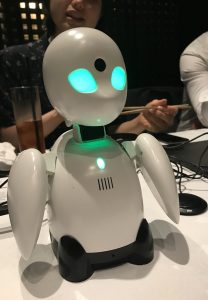We have just published a new paper from the Future Patient – telerehabilitation of Heart Failure Patients trial:
Predictors of Walking Activity in Patients With Systolic Heart Failure Equipped With a Step Counter: Randomized Controlled Trial by Josefine Dam Gade et al.
Results: A higher walking activity was associated with younger age, lower New York Heart Association (NYHA) classification, and higher ejection fraction (EF). There was a statistically significant correlation between the number of daily steps and NYHA classification at baseline (P=.01), between the increase in daily steps and EF at baseline (P<.001), and between the increase in daily steps and improvement in EF (P=.005). The patients’ demographic, clinical, and activity data could predict 81% of the variation in daily steps.
Conclusions: This study demonstrated an association between demographic, clinical, and activity data for patients with HF that could predict daily steps. A step counter can thus be a useful tool to help patients monitor their own physical activity.

